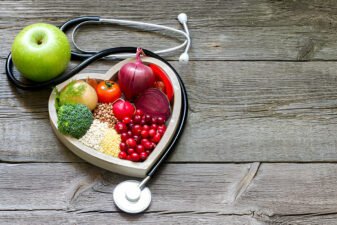Two Broad Categories of Liquid Diets/Meal Replacement Plans
Liquid diets generally fall into two categories.
- Low Calorie Liquid Diets/Meal Replacement Plans
This type of liquid diet consists of medically supervised liquid meal replacements that provide about 500-800 calories per day (a very low calorie plan). These then progress to include a certain amount of solid food. Usually short-term only, this type of liquid diet is usually reserved for seriously obese people who need to lose a lot of weight quickly. - Commercial Liquid Diets/Meal Replacement Plans
This is the popular type of liquid diet. In this plan, liquid meal replacements are consumed by the dieter in place of one or two regular daily meals. In addition, the dieter may consume one or two meals of real food (usually low-fat and calorie-controlled). Some liquid diet programs offer pre-packaged meal-options for these real meals. This type of liquid diet is widely advertised to the general diet public as a way of achieving fast weight loss.
What Food does a Liquid Diet Plan consist of?
Usually, a liquid diet plan consists of a nutritionally balanced shake made from sugar, skimmed milk powder, fiber, vitamins, minerals and sweetener. (Some liquid diet plans also include snack bars.) In addition, these liquid diet plans permit a certain amount of solid or real food.
The calorie content of these plans varies enormously.
- Low Calorie Liquid Diets offer about 500 calories per day in the form of 5 shakes, plus a real meal of about 200 calories, for a total of about 700 calories.
- Commercial Liquid Diets usually provide 3 shakes of about 200 calories each, plus a real evening meal of about 600 calories, for a total of about 1,200 calories.
Liquid Diets/Meal Replacement Diets – Drawbacks
Drawbacks of Low Calorie Liquid Diets/Meal Replacement Plans
Low calorie liquid diets (500-800 calories a day) usually offer too little fiber and lack important antioxidants found in fruits, vegetables and whole grains. This can lower resistance to disease.
In addition, due to the low calorie content, these liquid diets are unsafe unless medically prescribed and supervised. Finally, studies have shown that weight loss achieved while following a low calorie liquid diet plan is rarely sustained. Dieters can expect to regain as much as 75% of weight lost, within 3 years.
Drawbacks of Commercial Liquid Diets/Meal Replacement Plans
Because these weight loss plans combine liquid meal replacements with solid foods, they are higher in calories and nutrients and therefore healthier.
The Big Weight Loss Issue
However, the big drawback remains the issue of eating habits. These diets may help you to lose weight in the short term but they can’t teach you to eat right in the long term.Without such diet-modification, long term weight loss is not possible.
Verdict
If you are looking for long term weight loss, these liquid diets/meal replacement plans are not to be recommended. Successful weight loss is all about training yourself to eat properly.
A Note about Healthy Weight Control
Fad diets, unbalanced diets, diet pills, diet supplements, weight loss surgery and other short term weight loss methods are not recommended for permanent weight control. The best way to lose excess fat and maintain a healthy weight in the long term is to follow a balanced calorie-controlled diet (that improves your eating habits) and take regular aerobic exercise. An excellent option is Anne Collins Weight Loss Program










